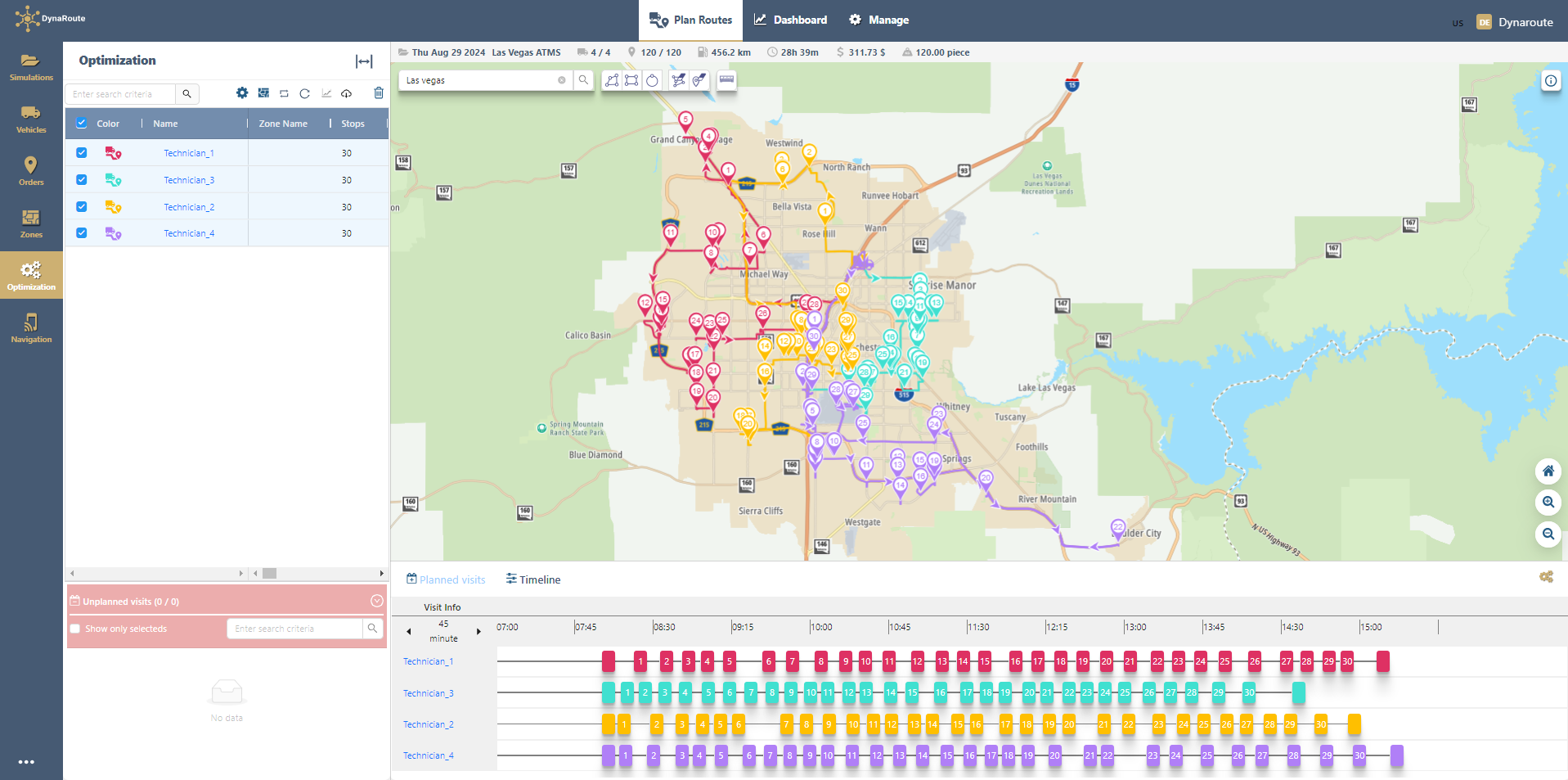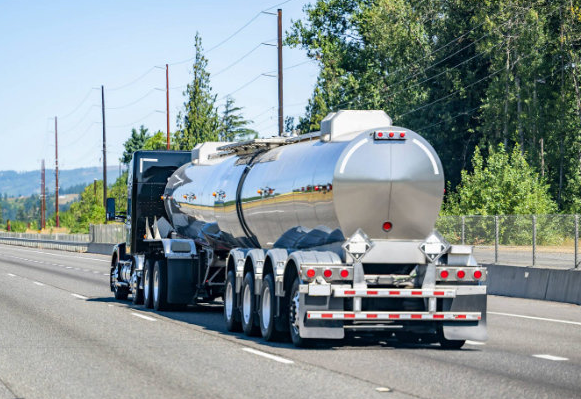Editor's Pick


The Traveling Salesman Problem (TSP) Solution for Delivery and Service Businesses 1. Introduction to TSP and Its Relevance 2. Benefits of Solving TSP Cost Reduction: Lower fuel and maintenance costs. Time Efficiency: Serve more customers in less time. Customer Satisfaction: Faster deliveries and timely service. Environmental Impact: Reduced carbon footprint through efficient routing. 3. Solution Methods Exact Algorithms (e.g., Branch-and-Bound): Optimal for small datasets (≤20 stops) but computationally prohibitive for larger instances. Heuristics/Approximations: Nearest Neighbor: Simple, greedy approach selecting the closest next stop. Genetic Algorithms: Mimic evolution to iteratively improve routes. Simulated Annealing: Use probabilistic techniques to avoid local minima. 2-Opt/3-Opt: Local optimization by reordering route segments. 4. Real-World Challenges and TSP Variations Time Windows: TSP with Time Windows (TSP-TW) ensures stops are visited within customer-specified times. Dynamic Changes: Traffic or new orders require real-time adjustments (Dynamic TSP). Asymmetric Costs: One-way streets lead to Asymmetric TSP (ATSP). Service Times: Incorporate time spent at each location (TSP with Service Times). 5. Tools and Technologies Route Optimization Software: Tools like Dynaroute,Route4me,Routyn Route Planner use TSP heuristics and integrate real-time GPS data. APIs: Google Maps, HERE Maps,Nextbillion.ai and Mapbox provide distance matrices and traffic updates for accurate routing. Fleet Management Systems: Combine TSP with telematics for live tracking and rerouting. 6. Practical Implementation Steps Data Collection: Gather delivery addresses, time windows, and service times. Choose an Algorithm: Use heuristics for >20 stops; exact methods for small datasets. Integrate Real-Time Data: Feed traffic and road closure updates into the routing engine. Test and Iterate: Validate routes with drivers and refine based on feedback. Monitor and Adapt: Use software analytics to update routes dynamically. 7. Limitations and Beyond TSP Conclusion
The Traveling Salesman Problem (TSP) seeks the shortest route for a single agent to visit multiple locations and return to the start. For delivery and service businesses, this translates to optimizing routes for drivers or technicians, minimizing travel time/distance, reducing costs, and improving efficiency. While real-world scenarios often involve complexities beyond classic TSP (e.g., time windows, multiple vehicles), TSP forms the foundational framework for route optimization.
For fleets or capacity constraints, businesses must transition to the Vehicle Routing Problem (VRP). TSP-TW or VRP with Time Windows address stricter scheduling needs.
While TSP is a cornerstone of route optimization, delivery and service businesses often require its variations to handle real-world complexities. Leveraging heuristics and modern software enables near-optimal solutions, balancing efficiency with practicality. By adopting these strategies, businesses can achieve significant operational improvements and customer satisfaction gains.





